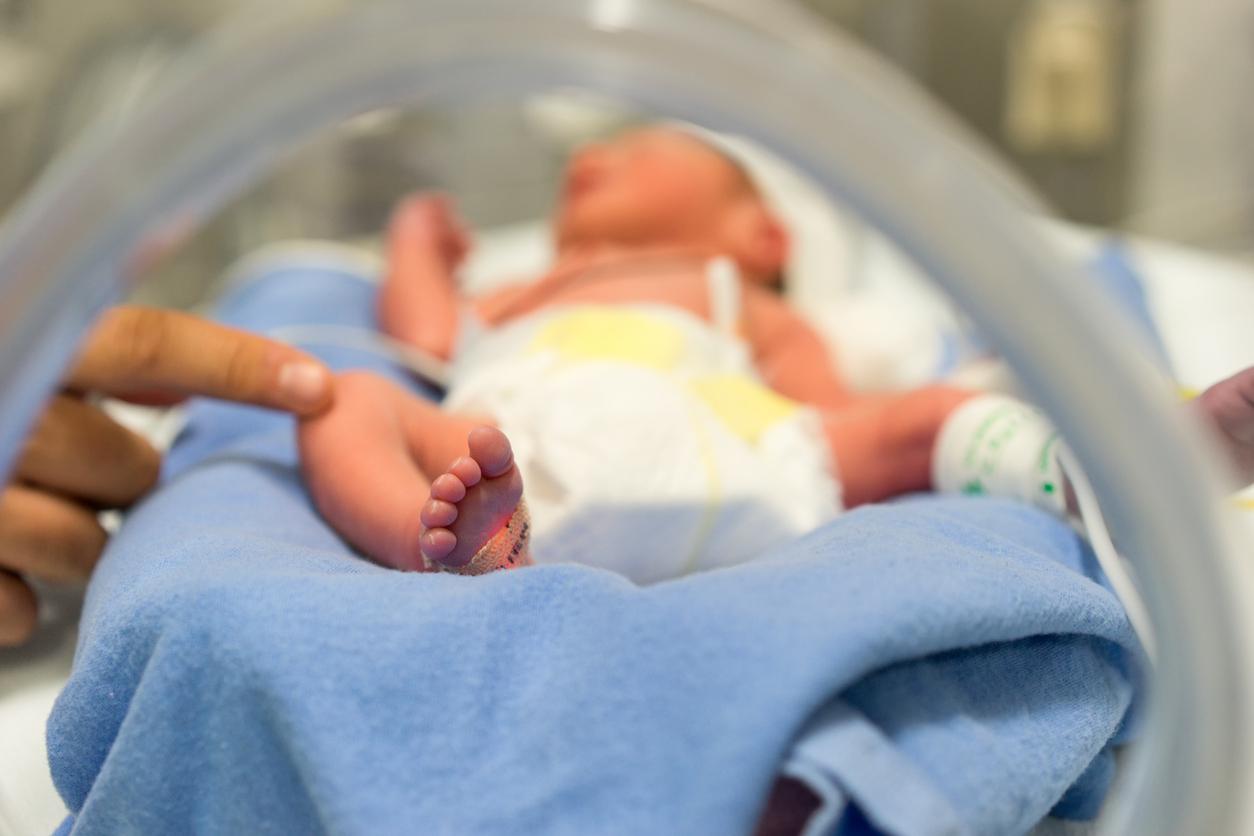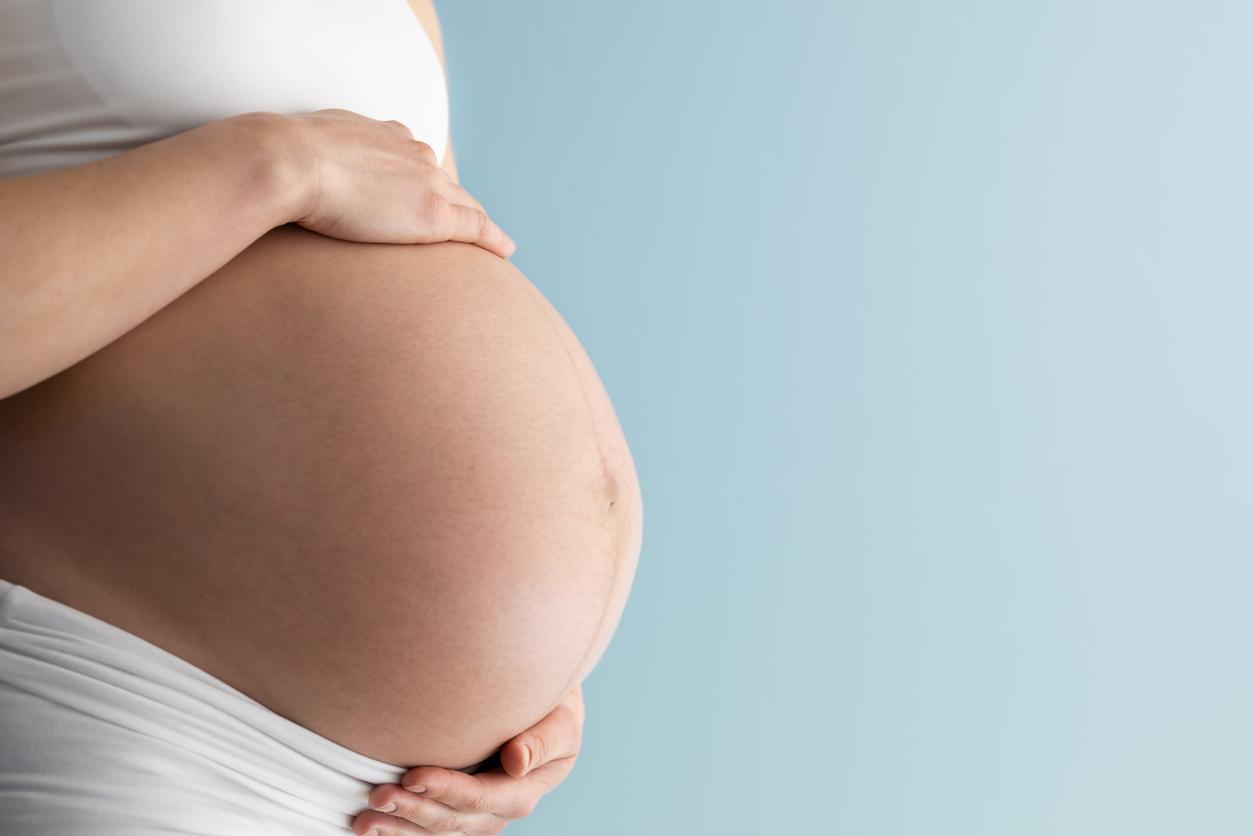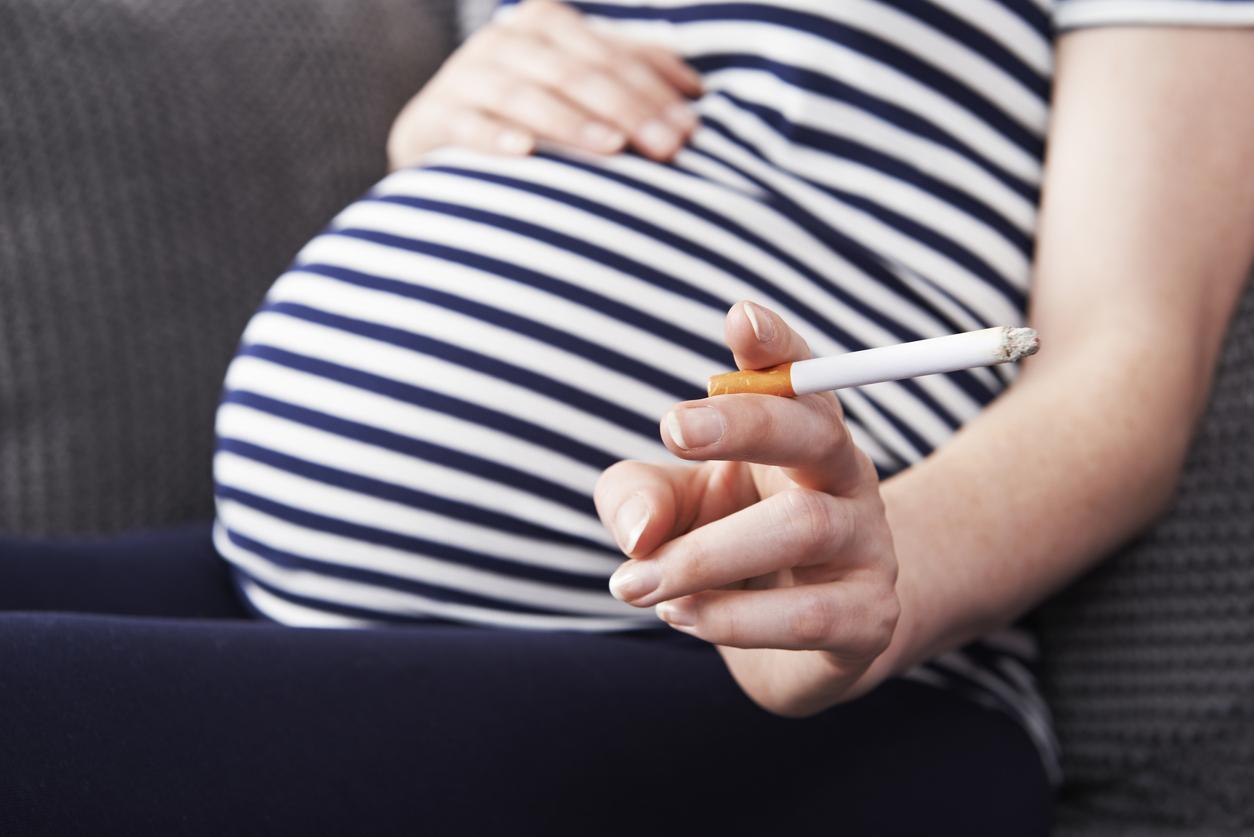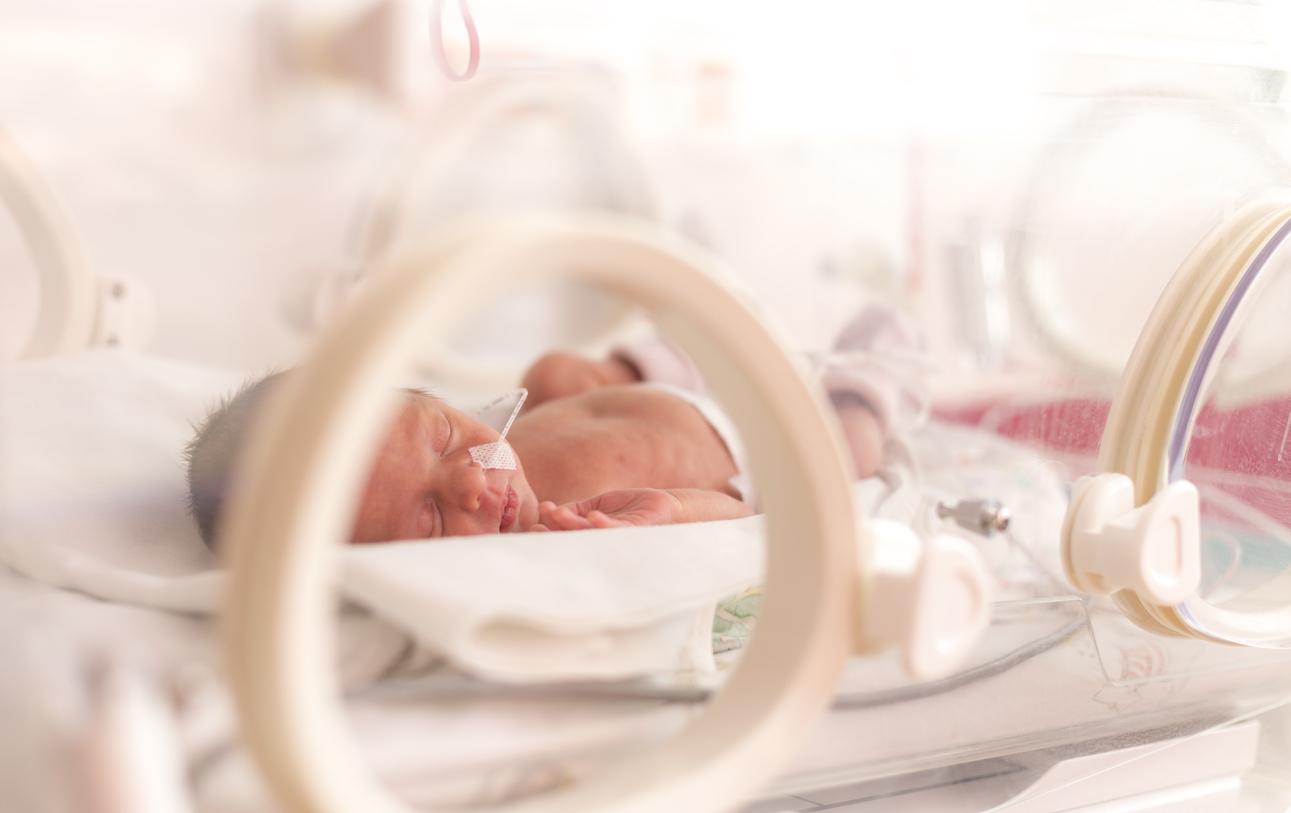Kwek Yu Xuan weighed only 212 grams at birth, making her, among surviving premature infants, “the smallest baby in the world.” However, extreme prematurity has a price for the child’s future.

- Kwek Yu Xuan was born at 25 weeks, a record. She is one of the “very premature babies”.
- “Medium” prematurity corresponds to a birth occurring between the 32nd and 36th week of completed amenorrhea (7 to 8 months of pregnancy), “great prematurity” corresponding to a birth occurring between the 28th and 32nd WA (6 to 7 months of pregnancy), and “very great prematurity” for births before 28 weeks, i.e. below 6 months of pregnancy.
Kwek Yu Xuan is a baby girl who was born at 25 weeks of pregnancy in Singapore on June 9, 2020. The majority of babies are born between 39 and 41 weeks. Hospitalized for the first 13 months of her life in intensive care at the National University Hospital, she is now out of the woods and was finally able to return home…
Great prematurity: it concerns 1 to 2% of births
The tallest man, or the hairiest in the world, if they make you smile, unfortunately rub shoulders in medicine with records that are much less “medically” funny. In particular, we have always been presented with the smallest preemie in the world as a victory of modern medicine. Even if what follows will probably bring me a barrage of not very tender letters, it has been a long time since very large medical services devoted to prematurity gave up the hunt for this type of record. We could probably go below the 212 grams displayed by doctors in Singapore. But these battles often have a terrible price to pay which is highly dependent on birth weight and size.
Extreme prematurity is defined as delivery before 32 weeks – 25 weeks in the case of the record baby. It concerns 1 to 2% of pregnancies, and – which worries doctors – is constantly increasing. Of course, this is not linked to any degradation of our atmosphere, as some imagine, but rather to spectacular progress in medicine: in vitro fertilization, which has increased the number of multiple pregnancies, and above all , thanks to the increased surveillance of the mother and her fetus, which makes it possible to detect more quickly the suffering of the baby in the mother’s womb and to trigger premature labor.
Birth mortality rate less than 6 per 1,000 in rich countries
For a long time, the degree of evolution of a country’s civilization was measured by the reduction in the mortality rate at birth, dropping from dramatic figures – still the rule in poor countries – to less than 6 per 1,000 in the northern European countries. We now know that this threshold should not be crossed, because not all pregnancies are viable and nature knows perfectly well how to reject abnormal eggs.
However, the most notable progress has been in resuscitation, which has managed to get these doomed babies through the critical 3 to 6 months during which the weight becomes compatible with a life without a machine, but with a price to pay – mental handicap or physical. For example, an American study shows that 43% of very premature infants must follow assisted teaching.
















-1652020320.jpg)